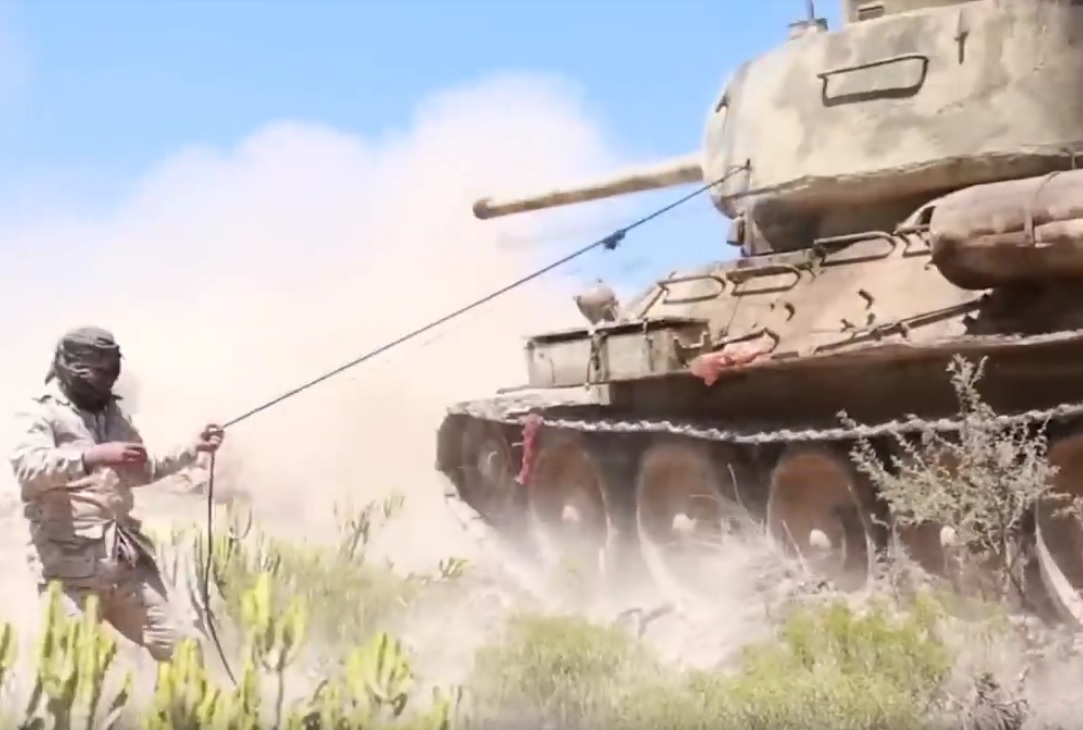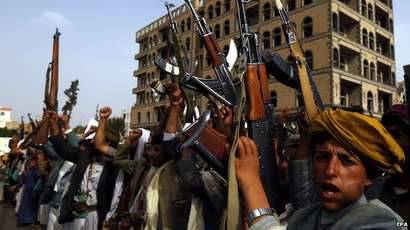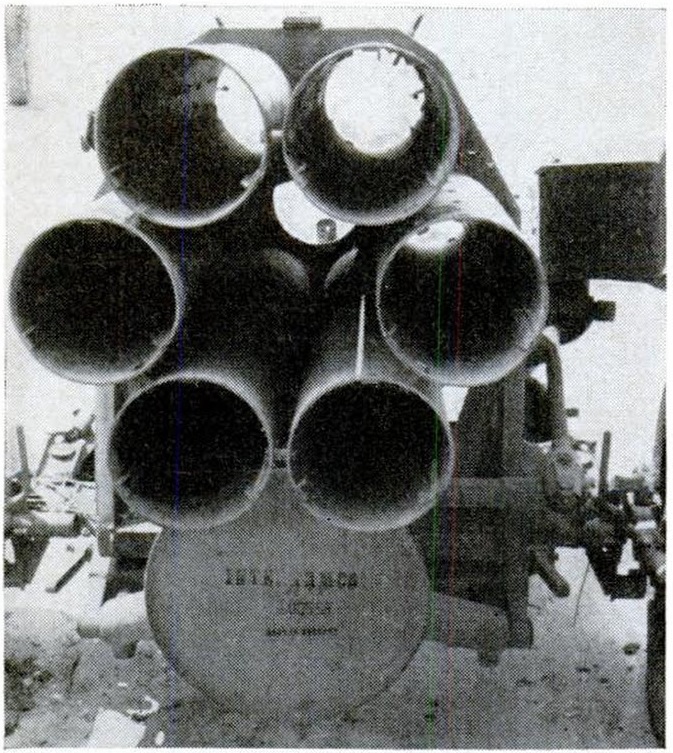The Bundesgrenzschutz (BGS / “Federal Border Guard”) was the first national-level armed service established in West Germany after WWII. It utilized a number of WWII items during the Cold War.

(New BGS troopers take their service oath in 1963.)

(BGS border troopers disembark from UH-1 Iroquois helicopters in 1976. The combination of stahlhelm helmets and hueys makes an interesting mixture of WWII and Vietnam War items.)
In 1945, the Allies decreed that any future German nation would be permanently disarmed. During the 1945-1949 occupation, the three western Allies (UK, France, and the USA) did not allow anything more than local police armed with light small arms. West German sovereignty was restored in 1949. In May 1950, the Allied Joint Chiefs Of Staff proposed a West German armed force of 5,000 men to patrol the new nation’s borders. In January 1951 Konrad Adenauer, the first postwar Chancellor, ordered the formation of a 10,000 man armed border guard to be placed under civil control of the Interior Ministry. On 16 March 1951 the Bundesgrenzshutz officially came into existence.
Read More »





















